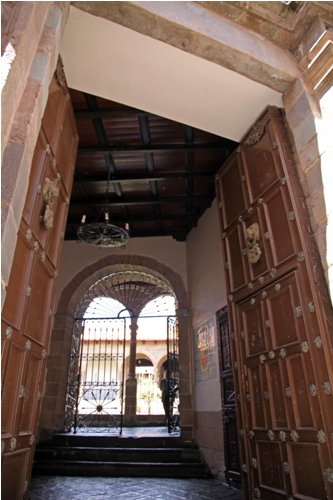Neal’s Yard Dairy, choice cheese retailer
 Sunday, October 16, 2011 at 3:03PM
Sunday, October 16, 2011 at 3:03PM
Updated on Wednesday, October 26, 2011 at 9:02PM by
 Vix
Vix
It is strange the things you miss while travelling. As I got ready to depart Lima for London, after three months on the road in South America, I found myself looking forward to a proper cup of tea, fresh milk and cheddar cheese.
My Dad, Chef Has, would think it blasphemy that my idea of a proper cuppa these days is not the carefully prepared pots of loose leaf tea he reared me on: cups and pot warmed with boiling water, a spoon for each person and one for the pot, drawn for no less than five minutes, milk first and NO strainer: “I’m not scared of bits!” (I never got more than a 6/10 despite my studiousness). No, give me a builder’s any day, lovingly prepared with PG tips. Yes, Dad: tea-bags.
He does, however, approve of my taste in British cheese and, more specifically, my cheese retailer of choice, Neal's Yard Dairy.
I was lucky enough to discover this prime providore the very week I moved back to the UK four years ago. Foodie friends had told me that Borough Markets should be top of my agenda and so I headed there on my first Friday in The Big Smoke. (I had been advised that Saturday’s should be avoided because of the crowds. Sound advice; I later made the mistake of going on a Saturday and left in an emotional state bordering on suicidal.)
I was blown away by the quality and range of the produce on offer and spent a long time walking back and forth trying to take decisive action but failing miserably. In the process I stumbled across Neal’s Yard Dairy and what can I say? A love affair was born.


